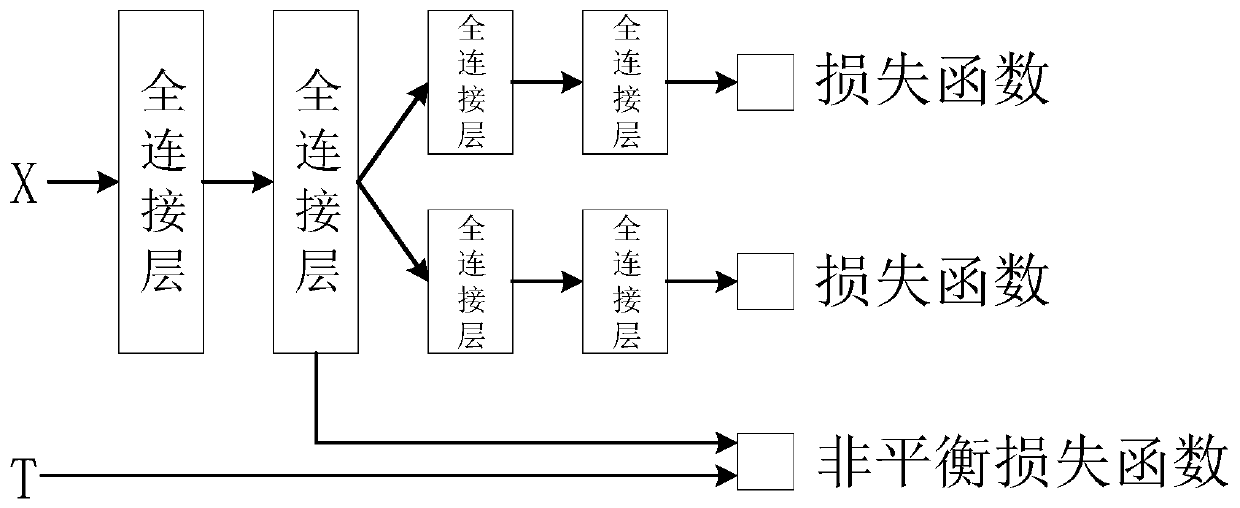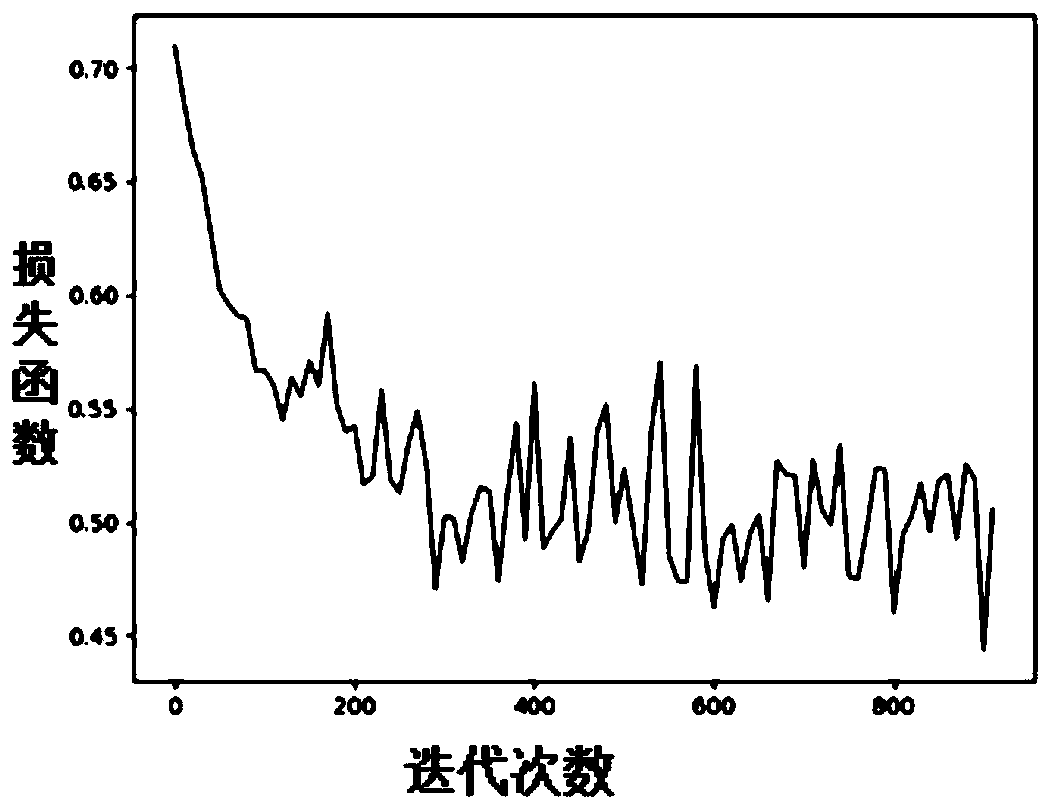Method for constructing disease prognosis risk assessment model based on causal reasoning
A risk assessment model, disease technology, applied in the field of data processing, can solve the problem of lack of generality of scoring tools
- Summary
- Abstract
- Description
- Claims
- Application Information
AI Technical Summary
Problems solved by technology
Method used
Image
Examples
Embodiment 1
[0076] Example 1 to obtain the evaluation model
[0077] 1. Model acquisition steps
[0078] The model samples come from 736 patients with heart failure, and the 736 patients with heart failure are provided by the General Hospital of the Chinese People's Liberation Army, excluding private information such as names. In the entire dataset, there were 461 patients who were readmitted within one year, accounting for 62.6% of the total sample number.
[0079]1. Extract the characteristics of 736 patients with heart failure, mark whether to be admitted to the hospital again within one year, and use it as a true value label to obtain a training sample with a true value label, wherein the features are selected from physical signs (such as age, height, body weight, etc.), inspection and test information (such as red blood cell count, white blood cell count, etc.), disease course report, drug (such as aspirin, etc.) use records, whether to be re-admitted within one year, past medical h...
Embodiment 2
[0094] A total of 736 heart failure patient case data used in this example were provided by a tertiary hospital in China, excluding private information such as names. In the whole dataset, there were 461 patients who were readmitted within one year, accounting for 62.6% of the total sample number.
[0095] Carry out training according to embodiment 1 step flow process:
[0096] In order to better compare the superiority of the model proposed by the present invention, the accuracy of the model in predicting patient readmission within one year is compared. In this embodiment, the data is divided into training set, verification set and test set according to the ratio of 0.56, 0.24, and 0.20, and then the experiment is repeated 100 times to compare with the benchmark models BART, CFR_mmd, CFB_lin and CFR_wass. From the accuracy rate (ACC), compare the pros and cons of several models. Table 1 shows that compared with the models described in the present invention, our model has ac...
PUM
 Login to View More
Login to View More Abstract
Description
Claims
Application Information
 Login to View More
Login to View More - Generate Ideas
- Intellectual Property
- Life Sciences
- Materials
- Tech Scout
- Unparalleled Data Quality
- Higher Quality Content
- 60% Fewer Hallucinations
Browse by: Latest US Patents, China's latest patents, Technical Efficacy Thesaurus, Application Domain, Technology Topic, Popular Technical Reports.
© 2025 PatSnap. All rights reserved.Legal|Privacy policy|Modern Slavery Act Transparency Statement|Sitemap|About US| Contact US: help@patsnap.com



